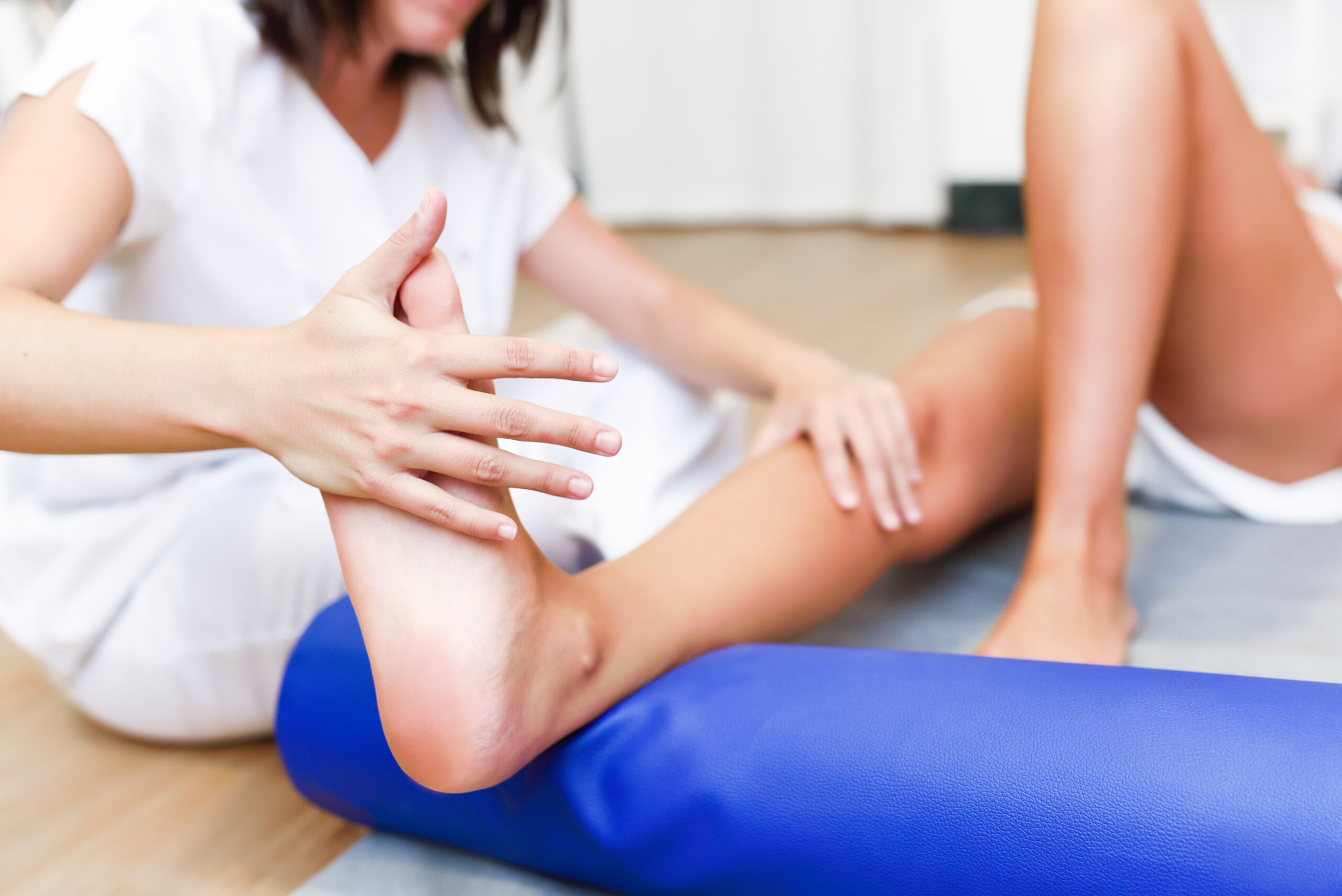
Problems related to the foot and ankle can occur in individuals of all ages and athletes due to congenital factors, trauma, and overexertion. The ankle, structurally strong due to the alignment of its bones and ligaments, is primarily the area that gets injured in cases of strain, as it bears the body’s full weight.
Anatomy of the Ankle
The ankle joint is formed by several bones, ligaments, muscles, and tendons working together.
The ankle joint comprises four bones:
- Tibia (shinbone)
- Fibula (calf bone)
- Talus (anklebone)
- Calcaneus (heel bone)
There are rounded bony structures on both sides of the ankle, which are the distant ends of the tibia (on the inside) and fibula (on the outside). These structures, known as malleoli, also form attachment points for muscles, tendons, and ligaments.
The ligaments of the ankle joint include:
- Anterior talofibular ligament (ATFL)
- Calcaneofibular ligament
- Posterior talofibular ligament
- Deltoid ligament
These ligaments are especially susceptible to damage in ankle sprains.
Early Rehabilitation
The primary goal during early rehabilitation is to protect the injured tissue from further harm. This is achieved through methods such as taping, bracing, and bandaging for protection.
The first step is to manage pain and reduce swelling. Local cold modalities and electrical currents are used for pain relief. To stop and decrease swelling, techniques like JOBS (intermittent compression device), lymphatic drainage, matrix therapy, and ultrasound therapy are applied.
Mid-Term Rehabilitation
To transition to mid-term rehabilitation, it is essential to reduce and control pain and swelling. Exercises involving joint mobility are introduced, starting at the pain threshold. Strengthening exercises are initiated to build muscle strength and improve circulation. Isometric exercises, isoflex bands, and electrical currents are used for this purpose.
Joint mobilization and manipulation techniques are applied to increase joint range, relax tissues, and restore the normal anatomical alignment. Stretching is also employed to restore elasticity in muscles and tissues that have lost it after injury.
One crucial component following ankle injuries is proprioceptive training. Proprioceptive training aims to temporarily restore the brain’s lost spatial perception and senses after an injury. The main objective of this training is to prevent recurrent injuries after recovery. We attach great importance to these exercises and strive to minimize the likelihood of further injury. Balance boards, balance platforms, and trampolines, along with our expert staff, are used for exercises aimed at improving spatial perception and both deep and superficial sensory perception.
Most Common Foot and Ankle Problems
- Ankle sprains
- Ankle arthritis
- Plantar fasciitis
- Achilles tendon rupture
- Fractures
- Flat feet
- Hallux Valgus
- Tendinopathy (tendon inflammation)